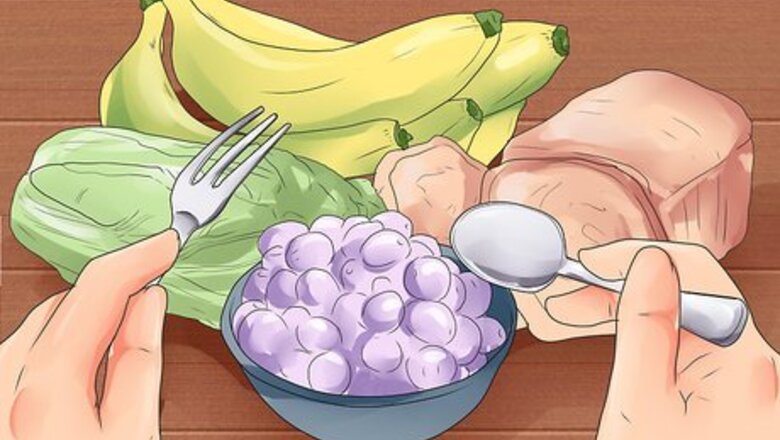
views
Modifying Your Lifestyle
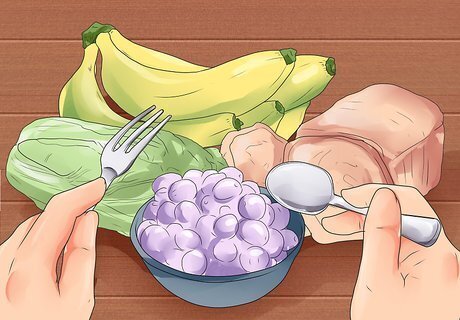
Eat well. Your health starts with what you eat since your body needs vitamins, minerals, and proper nutrition to function at its best. Eat green, leafy vegetables, fruit, whole grains and lean meats. Focus on nutritious sources of protein, carbohydrates, fats, and fiber. Drink at least eight glasses of water daily. Make sure you eat at least 40 grams of fiber every day. Avoid processed food, excess salt, empty calories, and fast food.
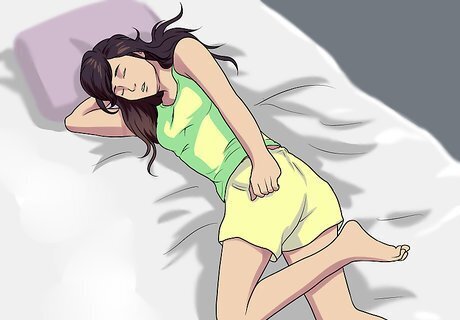
Get enough sleep. Your body requires a period of rest to heal and rejuvenate itself. When we are awake, the body and the mind are active and busy, using our energy to keep us functioning at this level. However, when we sleep, this energy can be used for healing, instead. Make it a habit to get at least 8 hours of good quality sleep every night. Stick to a routine—go to bed at the same time every night. Keep work and stimulating activities out of your bedroom. Relax and unwind before it’s time for bed. Stop worrying about what you haven’t finished or what you have to do the next day. Focus on everything you have accomplished that day.
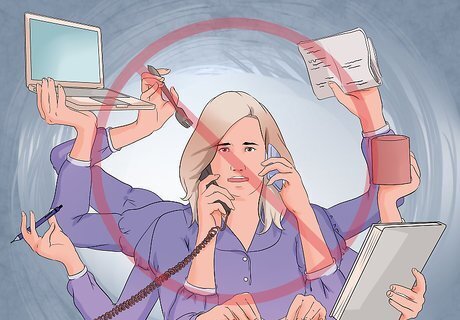
Reduce stress. Stress can impair your immune system and make it more difficult for your body to heal and repair itself. When you are sick, ill, or injured, your body needs to focus on repairing the damage instead of working hard to regulate a stressed system. Avoid stressful activities, places, and people as often as possible. If there is something in your life, such as work or a relationship, that is drawing a lot of your energy and creating a stressful environment, then consider ways of improving or alleviating the source of stress.
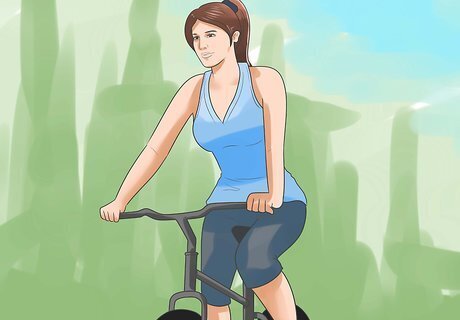
Exercise. Participating in an enjoyable workout regularly can help alleviate stress and promote wellbeing. Try walking, running, swimming, yoga, tai chi, or other group activities. Stretching is very beneficial for healing and can help you stay flexible and healthy. Reader Poll: We asked 330 wikiHow readers, and 60% said that the most satisfying and effective way to practice self-care is through exercise and physical activity. [Take Poll]

Relax. Learning to relax is very important for your wellbeing as well as body and mind health. You should practice some form of relaxation every day. Deep breathing exercises can help relax us physically and mentally. Take a breathing exercise break for at least five minutes throughout the day. To breathe for relaxation, close your eyes and place one hand over your belly. Inhale through your nose with a slow, deep breath. Feel your abdomen rise as you breathe in. Now, exhale slowly through your mouth, feeling your belly lower.

Take a break. Your usual routine may lead to chronic stress and begin to wear you down. It is good to pamper yourself every now and then by taking a break from the troubles of your daily life. Take time off work to explore a new hobby, vacation in a new place, or just to relax at home. This can help keep stress at bay and allow your body and mind time to focus on overdue self-care and healing.

Develop supportive relationships. Focus on the people who love and support your healing, and avoid those who bring you down. Your social support system is important for your self-healing endeavors. Spend time with positive friends and family who make you laugh, trust that you can help heal yourself, and reinforce your goals.

Listen to your body. Pay attention to the physical and emotional sensations your body communicates to you. If you feel pain, tightness, nausea or dizziness, then try to find out what is happening to cause the stress response. Consider what you can do to alleviate the stress, such as meditation, expressing yourself creatively, spending time with or talking to someone, laughing, getting a massage, etc. Use your symptoms to change your life for the better.

Engage in creative activities. Many people find that the process of creating, whether it is writing, making art, sculpting, playing an instrument or some other creative activity, can be very enjoyable. These activities can promote healing and lessen the effects of stress. They also allow you to express yourself in new and fun ways.

Don’t smoke. Smoking can slow healing because it decreases blood supply and prevents enough oxygen and nutrients from getting to damaged tissues. It can also increase the likelihood of developing certain diseases. Other potentially destructive habits and activities that you engage in regularly should also be discontinued as well, such as drinking too much alcohol or caffeine.

Get professional support. You may need someone on your side with the education and experience to guide you on your self-healing journey. This can be a spiritual teacher, alternative healer, doctor, or therapist. The most important thing is that the healer nurtures you and shares your optimism for self-healing.
Thinking to Promote Healing

Get cognitive behavioral therapy (CBT). This effective therapy can help you overcome psychological difficulties or behaviors that are unhealthy by focusing on the thoughts that lead to them. A diary of emotions and thoughts are usually kept and discussed with a therapist who recommends ways to help control negative thoughts that are harming self-esteem or causing stress. Deep breathing and mindfulness can help when negative thoughts creep up to sabotage you. Another way to train your thoughts is to actually experience what you are afraid of, for example, and realize that all the things you feared might happen were mostly made up in your head and not based on real possibilities. Positive repetitive statements can improve mood and help you achieve goals by training your brain to think a certain way. For example, instead of thinking, "I don't do anything right," use this statement to counter it: "I do a lot of things right, but I also have challenges to overcome. I will keep working on my challenges and learn from my mistakes, and I will come out stronger on the other side."
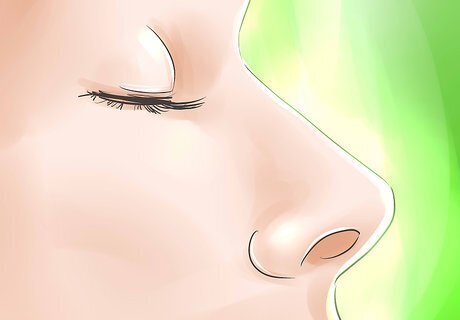
Practice self-hypnosis. The mind may sometimes rebel against direct instructions, so using open suggestions can make the unconscious brain more susceptible to believing an idea. You can offer yourself affirmations based on possibilities or make statements based on facts that are happening and follow those statements with suggestions. When the mind acknowledges that the initial statement is true, it tends to believe the statements that follow. For example, you can tell yourself that, “I may start to experience a sense of happiness,” instead of, “I will be happy.” After stating what is obviously happening, such as, “My eyes are closed,” you then bring in a suggestion like, “I am starting to feel calm.”

Meditate. Like our bodies, minds need to relax regularly. Meditation can help the body relax, reduce stress and encourage regeneration. The act of meditation positively modifies our responses to stress and encourages a healthy neurotransmitter balance in the brain. Taking a few minutes out of each day to meditate can be very beneficial to your self-healing journey. Sit up straight, placing both feet flat on the floor. Close your eyes and focus on your breathing. Take a slow, deep breath through your nose and breathe out. Place a hand on your belly so you can feel your breath rise and fall. Recite a positive phrase like, “I value myself,” or “I am happy." You can say it out loud or in your head. Try to sync your positive phrase with each breath. Ignore distracting thoughts, sounds, emotions and things going on in your environment by bringing your thoughts back to the phrase that you started with. Meditation trains you to be able to put your attention where you want it when you want to. In time, this skill will allow you to move thoughts, emotions, and energy toward your goals, including self-healing.
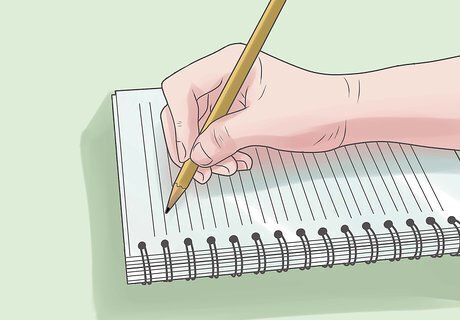
Try externalizing. You may carry negative emotions around from past experiences that can impede healing. To help with this, you can try externalizing emotions and thoughts to find some sort of release. Write a letter to someone who has hurt you or to an impartial party, then destroy the letter. You can also talk to an empty chair and pretend like someone in particular is in the chair.
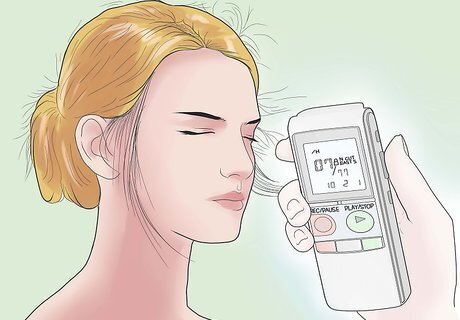
Use guided imagery. Guided imagery helps lead thoughts and emotions to a relaxed, focused state of mind that encourages self-healing. A recording, instructor or scripts can offer you guided imagery to facilitate healing. For example, you imagine a safe, comfortable place, such as a place in a past memory, a magical forest or beside the sea, so you are able to relax.
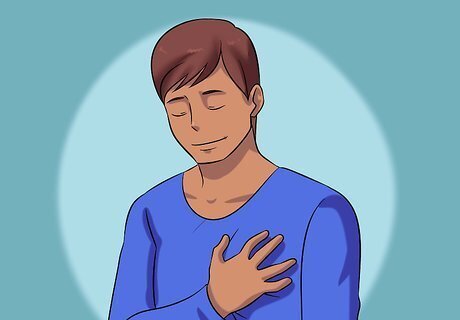
Believe you can heal yourself. Our DNA is programmed to know what to do when we get ill or injured—think about how your body knows how to repair a cut without any conscious effort from you. Things can malfunction if your self-repair mechanisms don’t work right. You can help your body heal by keeping your body in a relaxation response as often as possible so it can focus on healing what needs repair and by believing it’s possible. If you still have trouble believing your mind can heal the body, think about “the placebo effect.” In 18-80% of patients in clinical trials treated with sugar pills, saline injections, or fake surgeries, symptoms somehow resolve—even though there was no “real” treatment. Consider the Spontaneous Remission Project, which includes over 3,500 case studies of spontaneous remission for the majority of health conditions that exist. Know that healing is possible.

Be grateful. Cultivate an attitude of gratitude. Every day you are alive is cause to celebrate. Be thankful every time your needs are met; another person shows kindness; or you are able to learn, do, or participate in an enjoyable activity. This positive feeling of gratitude can encourage your self-healing process.

Love yourself. This is imperative for self-healing because you must be able to care for yourself, be compassionate and value the body and mind that needs healing. Enjoy taking care of yourself instead of allowing self-healing to be another stressful experience. Know that you are worth it.
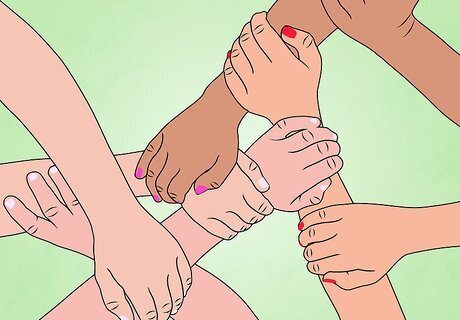
Understand that this is an interconnected and interdependent world. Matter and energy are not separate but rather connected to all other matter and energy. People view the world as a bunch of independent and stable objects, but that’s not exactly true. Science revealed long ago that matter and energy are connected. What you see as a separate object (tree, person, animal) is really a pocket of reality where energy is denser, according to theories like quantum physics.
Using Alternative Healing Methods

Pray. Prayer can be an effective healing method, regardless of your personal religious or spiritual tradition. It allows areas to be accessed that are beyond the analytical mind, relying on trust. It helps you to believe that self-healing is possible and relieves the stress that an illness or injury can cause, especially if the outcome is not certain. Engage in prayer regularly, either alone or with others, to promote healing.

Take part in healing circles. Healing circles have been used since ancient times to encourage healing. When group energy is focused on healing an individual, it can bring additional successes in self-healing for you. Surround yourself with people who care about you, those determined to help you heal or multiple practitioners focused on healing.

Try biofeedback. Biofeedback helps to train your mind to see how thoughts and emotions affect you physically. Using electronic monitors, you can learn to modify your mental and emotional responses to help control symptoms. Monitors can measure things like heart rate, respiration, blood pressure, muscular tension, and brain activity so you can learn to keep your physical responses under control as well.
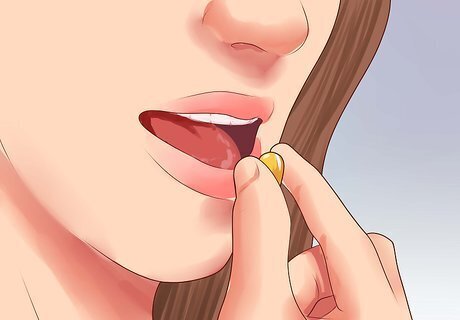
Include supplements as part of your healing regiment. There are many supplements that can help you heal and alleviate symptoms, depending on the issue. You can try herbal remedies, vitamins, or nutritional supplements. Always consult a doctor before you take any supplements. Some herbs like Echinacea can improve immune system function as can higher doses of some vitamins, such as vitamin C. Consult a herbalist or alternative medicine practitioner for more information on what may help you heal. Some people use chlorella or other types of algae as a nutritional supplement to improve health or help deal with sickness. Though there is insufficient evidence for it’s effective use for many conditions, you might try it to see if it helps. Follow product labels and your physician’s recommendations.
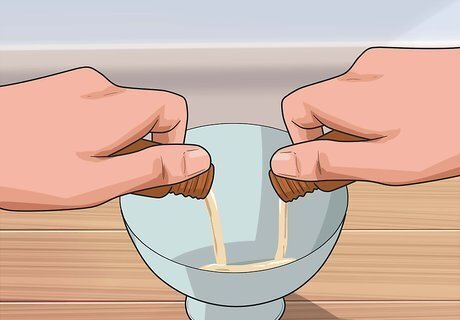
Use essential oils. Essential oils are absorbed through the skin and can help heal your body. Many have antibacterial, antifungal, or antiviral properties. You often only need a few drops, so a small bottle can last a long time. Popular essential oils include lavender, eucalyptus, tea tree oil, peppermint, and chamomile. Dilute with a carrier oil like almond, sesame, or coconut oil when using on babies or those with sensitive skin.
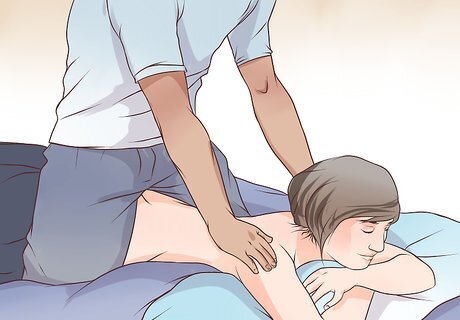
Get massage therapy. Regular massages can reduce stress, pain, and muscle tension. Massage therapists are trained to provide proper massaging techniques. Plus, you will feel great after your massage.

Journey towards spiritual transformation and self-mastery. Study religious or philosophical texts that offer you solace and guidance. Attend a church or temple regularly for fellowship and to get in touch with your spiritual side. Use spiritual guidelines to help you make decisions and focus on self-healing. Consult with a spiritual leader for further direction.
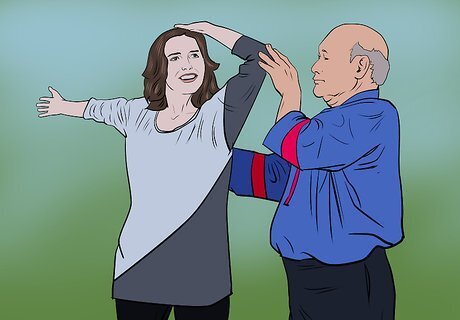
Try healing techniques like Qigong. This method may help reduce stress and promote healing and overall health. Take a class or see a provider who can practice the technique on you and show you how to do it properly. You do not have to follow a certain spiritual practice to benefit from these techniques.



















Comments
0 comment